We needed a bigger ballroom
Live at the Commodore: The Story of Vancouver’s Historic Commodore Ballroom (New Updated Edition)
by Aaron Chapman
Vancouver: Arsenal Pulp Press, 2023
$32.95 / 9781551529370
Reviewed by Catherine Owen
*

Live at the Commodore: The Story of Vancouver’s Historic Commodore Ballroom by Aaron Chapman was first published in 2014 and is being re-released in 2023 because, according to Arsenal Pulp Press’s website: it “was a BC bestseller and won the Bill Duthie Booksellers’ Choice Award at the BC Book Prizes…[and this edition includes]…a new chapter and several new photographs and posters” or put more directly, it made the Press moula then and they are hoping it will again! And if you didn’t catch it the first time around, there’s no reason not to own this sweet slice of BC music history now.
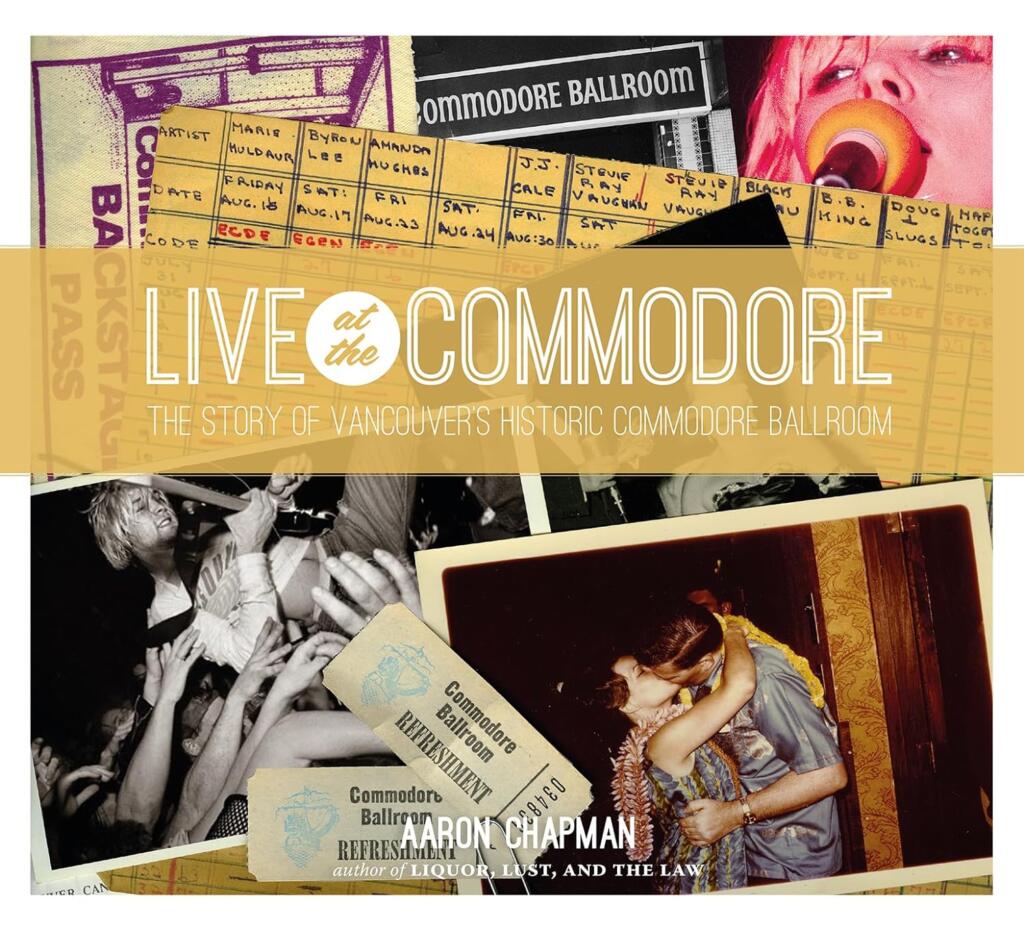
A couple of initial caveats: I do think that rather than just adding that extra chapter that focuses on post-Covid closures, new management, and the changing face of Granville Street, the whole text would have benefitted from several additional updates or revisions, such as noting that Dal Richards, who was 96 in 2014 when the book was first released, died in 2015, or including a comment on the present fate of such venues as the Hollywood Theatre that faced “an uncertain future” back in 2014 in order to note its current success (due in part to Sean Mawhinney with whom I believe I went to St Patrick’s High!). An error on one photo in which Bud Luxford is called Luxton might have been corrected. Some contemporary photos of the Granville Strip as it is in 2023 along with some pictures of recent Commodore shows would have been dandy too. And there’s also one boo-boo on a date in the new chapter. The Psychedelic Furs played the Commodore on August 6, 2022, not 2021, when the venue was still sealed due to the pandemic.


Okay, these oopsies pointed out, this compendium of both fascinating historical facts and an array of full-colour photographs is an enticing read, nay, an utter page-turner. Beginning with its compelling opener: “It’s Saturday night on Granville Street…” we delve into a deep sketch of downtown Vancouver that was, from the more recent vistas I remember (Mac’s Leathers and the Sugar Refinery), way back to the context in which the Commodore emerged at the end of the 1920s. Chapman accurately and passionately describes this era: the smoking concerts, where for “a modest sum, each man was issued a cheap pipe, some tobacco, a bottle of beer, and an apple,” the streets that were still full of horses and wildlife and a city that was just beginning to define its unique character with the opening of theatres such as the Orpheum. At the end of Chapter Two, we are first introduced to George Reifel, businessman, importer of liquor during Prohibition and real estate investor, and the men who ran the initial Commodore Café, Nick Kogos and Johnny Dillias. Together, they created the Commodore Ballroom with its famous “sprung” floor, opening the establishment in December 1930, and socking it right into the guts of the Great Depression, with a host of fancy dinners and dances that sought to transcend the new impoverishment that had beset the city. Although the venue closed briefly between March and May 1931, the Commodore soon reopened with alternate initiatives to keep it hopping, including lunch, social, and business functions and an openness to the bringing in of booze to pop in the “teapots” on each table. Chapter Four gives a boisterous account of the high times when musicians were well-paid, coat check girls got sizeable tips, and fundraisers for every charity were held in the elegant ambiance the Commodore proffered. Death and taxes can’t be avoided by Chapter Five and the ownership shifts to Doug Gourlay, who deals with competition from other venues such as The Cave, but finds a new injection of enterprise in the addition of Drew Burns (later and for several decades the next owner) and his Fifth Day Club for singles that started in 1966. By Chapter Seven, Paul Merc is booking concerts and the shift to being a rock n roll venue begins in July 1971 with Mitch Ryder and Detroit.
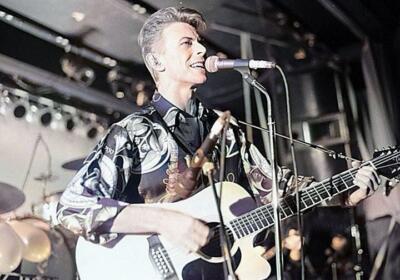
One of the real boons of the Commodore has, since then, been its wide diversity of musical performers, from Kiss and Patti Smith to Motorhead and Lady Gaga to Muddy Waters and Ziggy Marley. Punk had been added to this roster in 1977 with the Ramones, then the Pointed Sticks, DOA, and other hardcore luminaries. In Chapter Nine, Chapman details how the variety of acts kept growing with the addition of Perryscope productions and its Cheap Thrills shows, commencing with Sammy Hagar in 1978. It’s the stories, as always, that make reading about the history of this vital venue most compelling. The players and dates are necessary but it’s tales about released chickens, Smith wanting a bath, Bo Diddley starting a car, and James Brown who “refused to perform a second set until someone got him some blow (and once they did, he played until well past 3:00 a.m.)” that’ll keep readers glued. There was the night, as Tim Tilton, legendary soundman, notes, that “Def Leppard, after concerts in Morocco and London, performed at the Commodore and set a world record by playing three concerts on three continents in twenty-four hours.” Chapman is supremely aware of pacing so he rarely bogs the reader down by simply listing names, always bopping about between fidelity to the historical players, a contextualizing of the scenes, and that nod to narrative elements like dialogue and description that keep the tale compelling. For characters, we are treated to not only Drew Burns but, in Chapter Twelve, Blackie the Bouncer, who ruled the Commodore’s no-holds-barred roost from 1979-1995, along with Doug and the Slugs and their memorable performances in which they “dressed up as old men and the road crew pushed [them] out onstage in wheelchairs,” to Bud Luxford’s Budstock circuses that featured not only tossed-together bands but also “confetti cannons,” naked card girls, and clowns.
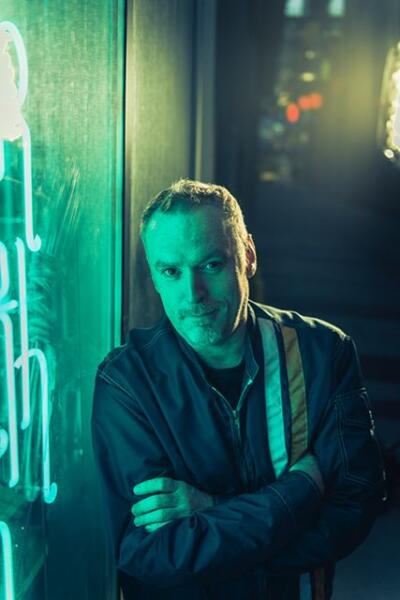
A floor replacement is detailed by Chapter Fourteen, as is Burns’ retirement and the shut down in July 1996 (seems another slip-up in dates here as Chapman notes, “the Commodore reopened in 1995” after stating that the floor was pulled up in January of ‘96). The Commodore was then closed for three years before undergoing a massive renovation and re-opening in 1999.
I was personally compelled by Chapter Fifteen’s discussion of Gord Knights taking over the venue and shows starting again, full force, from Roots and Reggae events to the bands I saw in the 2000s, beginning with the Damned (I brought an ill-advised date to this one who ditched out after he had drunk my budget dry), Cradle of Filth, Arch Enemy, WASP (I’ll never forget Blackie Lawless clambering up his skull-spiked mic stand), Cannibal Corpse, Patti Smith (I tapped her thigh and gifted her a copy of a chapbook I had published in 1999, then saw it later being swept off the stage), Danzig, Slayer (Tom Araya was in tears after his father’s death) and Apocalyptica (a show I actually walked out of as the sight of a thousand people holding screens up overwhelmed me). And man, were the Commodore bouncers tough. They did not care what excuses you had for no ID, you were going home!
The final two chapters address the state of the city and its musical ventures by 2014 and then the mostly updated situation we find ourselves in by 2023. The importance of people, from owners and promoters to audiences, caring about preserving history in the form of these essential venues is stressed. The Commodore has been “at risk several times,” as Erik Hoffman of Live Nation says, “if there weren’t local people fighting for what it means to the community, the Commodore would be fucking long gone. If somebody came to run it that didn’t have an emotional attachment to the place, it could be in danger. Thank God the people who’ve run it since it opened have all cared deeply about it.
Aaron Chapman also cares deeply about preserving the Commodore. Not only his respectfully detailed history attests to this but also the amazing array of materials his archives have honoured, from posters and handbills to backstage passes and tickets, along with a diversity of photos of the incredible talent that has graced and greased the Commodore’s stage for over 90 fabulous years.
May it rock on for another century and beyond.
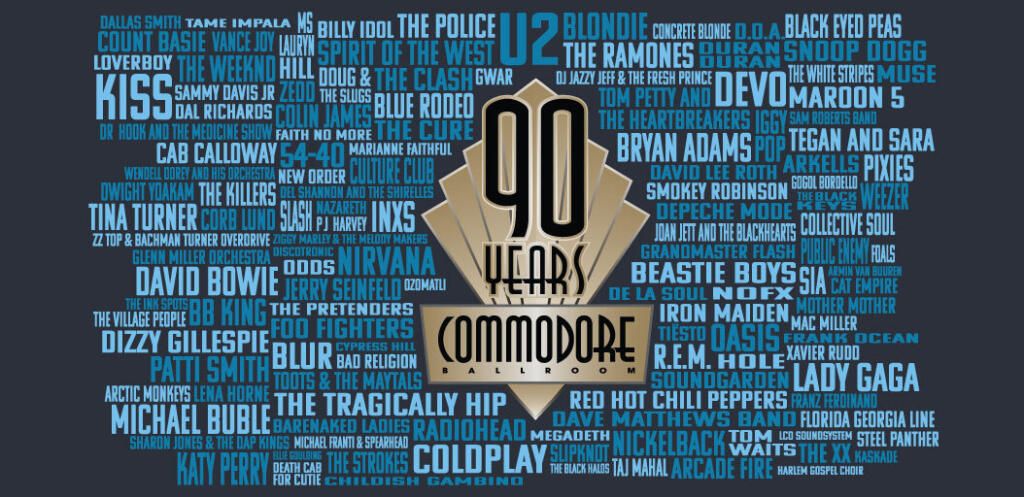
*

Catherine Owen was born and raised in Vancouver by an ex-nun and a truck driver. The oldest of five children, she began writing at three and started publishing at eleven, a short story in a Catholic Schools writing contest chapbook. She did her first public poetry readings in her teens and Exile Editions published her poetry collection on Egon Schiele in 1998. Since then, she’s released fifteen collections of poetry and prose, including essays, memoirs, short fiction and children’s books. Her latest books are Riven (poems from ECW 2020) and Locations of Grief (mourning memoirs from 24 writers out from Wolsak & Wynn, 2020). She also runs Marrow Reviews on WordPress, the podcast Ms Lyric’s Poetry Outlaws, the YouTube channel The Reading Queen and the performance series, 94th Street Trobairitz. She’s been on 12 cross-Canada tours, played bass in metal bands, worked in BC Film Props and currently runs an editing business out of her 1905 house in Edmonton where she lives with four cats. Editor’s note: Catherine Owen has also reviewed books by Emelia Symington-Fedy, Sean Kelly, Jason Schreurs, Adrienne Fitzpatrick, Connie Kuhns, and Hilary Peach for The British Columbia Review.
*
The British Columbia Review
Interim Editors, 2023-24: Trevor Marc Hughes (non-fiction), Brett Josef Grubisic (fiction)
Publisher: Richard Mackie
Formerly The Ormsby Review, The British Columbia Review is an on-line book review and journal service for BC writers and readers. The Advisory Board now consists of Jean Barman, Wade Davis, Robin Fisher, Barry Gough, Hugh Johnston, Kathy Mezei, Patricia Roy, Maria Tippett, and Graeme Wynn. Provincial Government Patron (since September 2018): Creative BC. Honorary Patron: Yosef Wosk. Scholarly Patron: SFU Graduate Liberal Studies. The British Columbia Review was founded in 2016 by Richard Mackie and Alan Twigg.
“Only connect.” – E.M. Forster

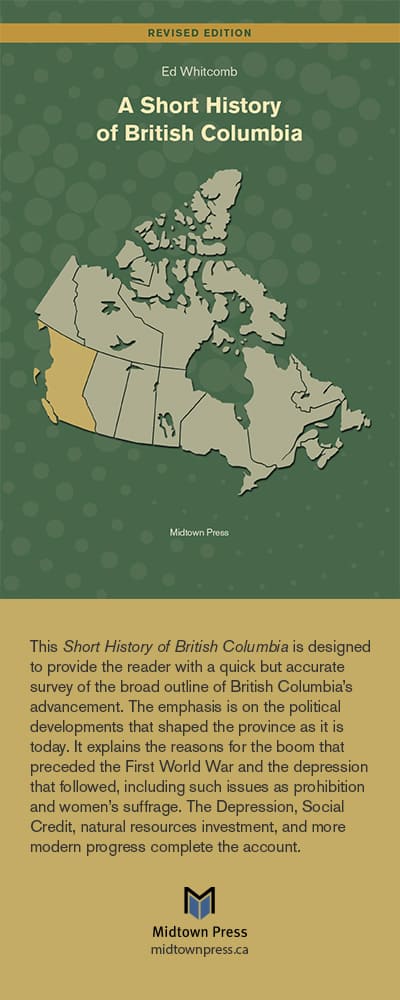
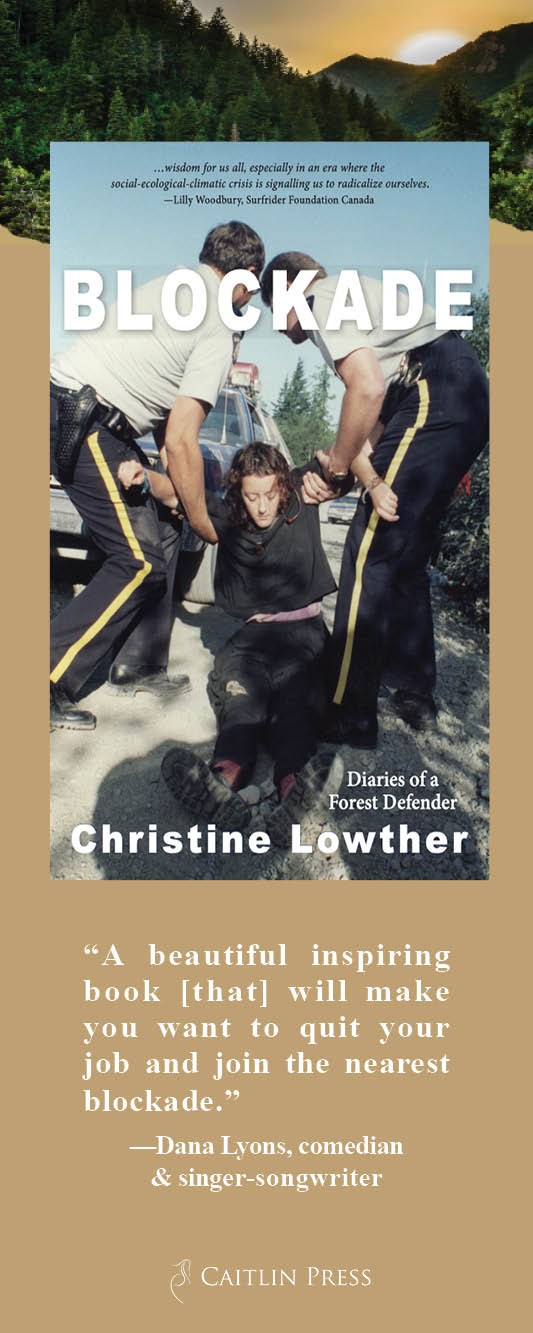



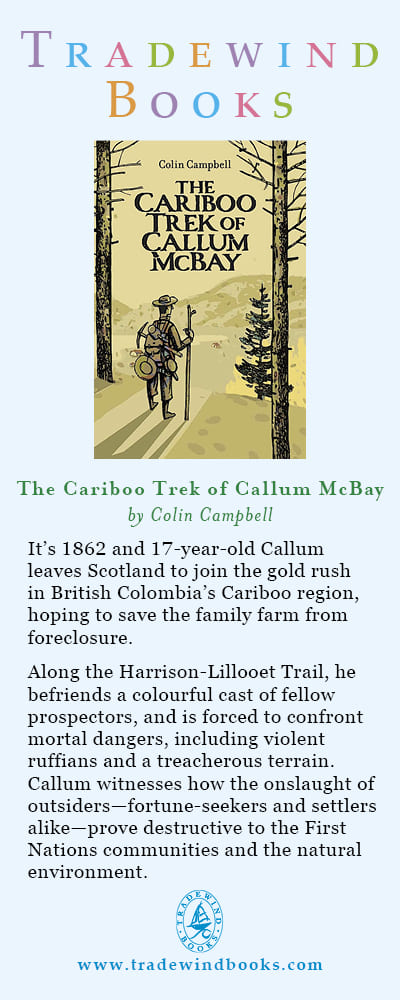




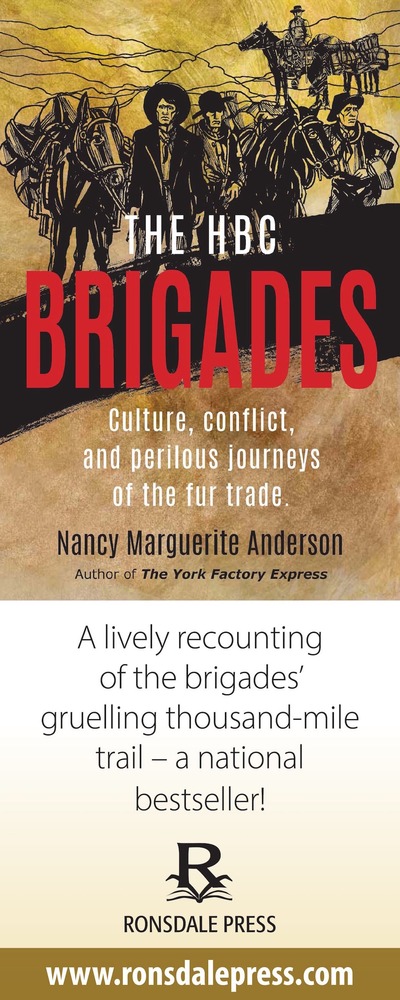



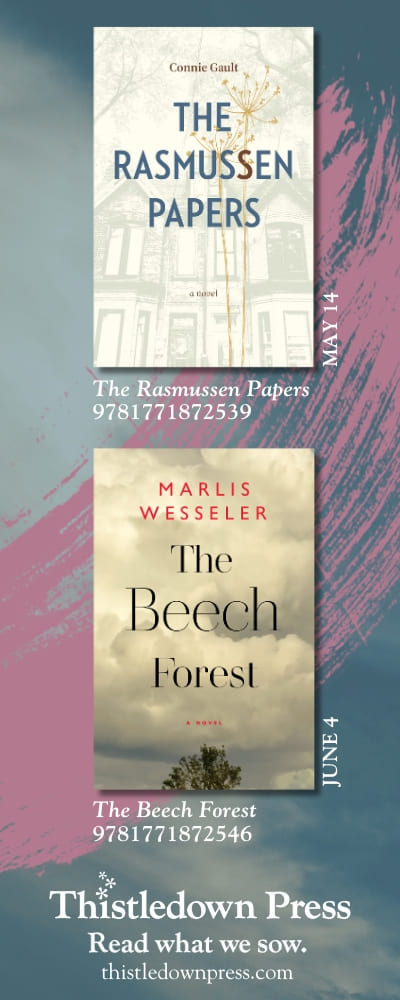

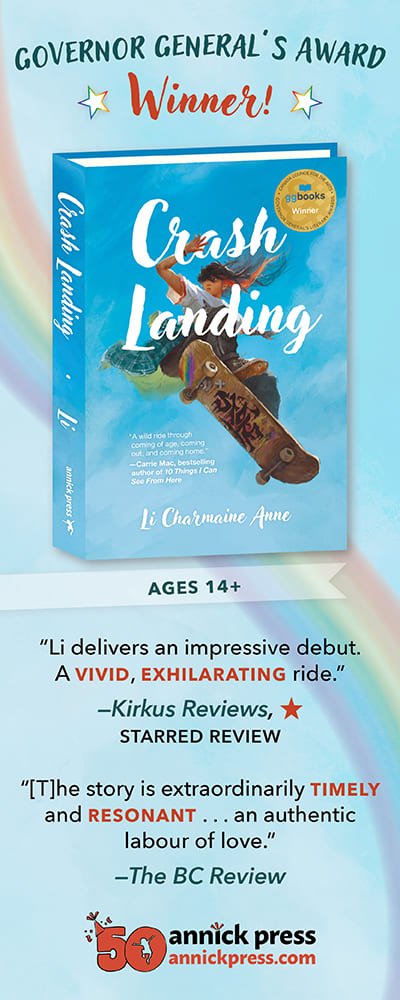




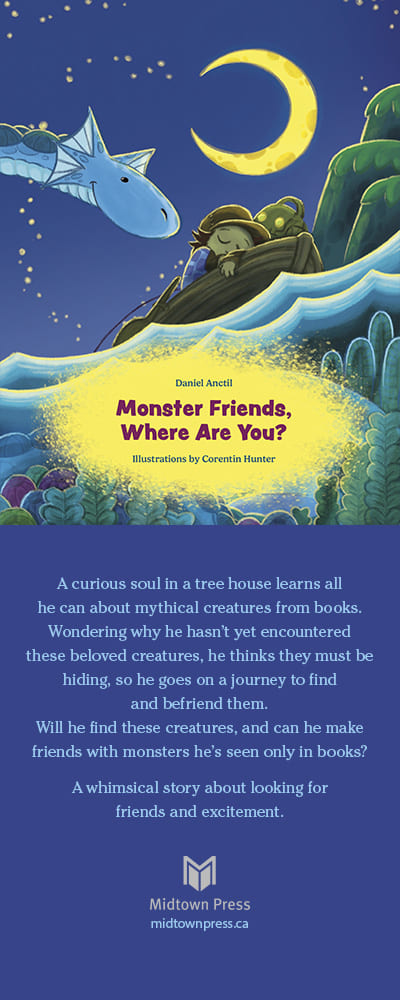







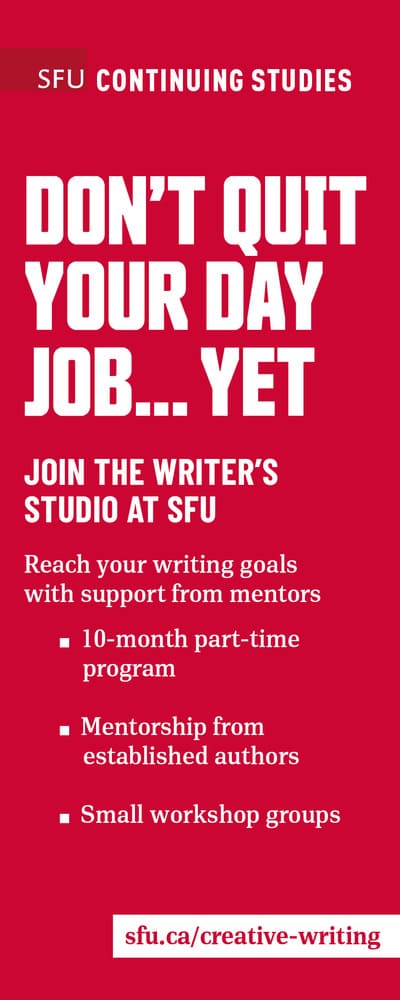
3 comments on “We needed a bigger ballroom”